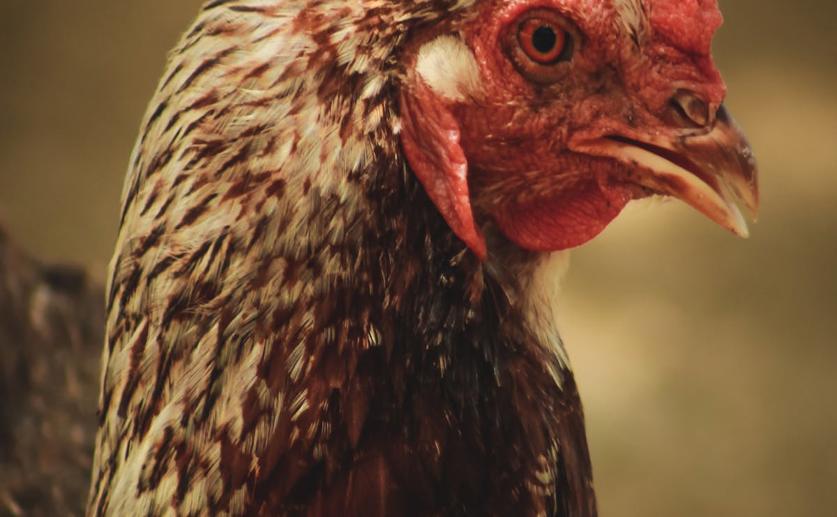
How Hatching and Body Weight Affect Growth, Gut Health, and Microbes in Chickens
Jim Crocker
25th July, 2024

Image Source: UMUT DAĞLI (photographer)
Key Findings
- The study by KU Leuven found that broilers hatched on-farm (HOF) had better early gut microbiota colonization compared to those hatched in hatcheries (HH)
- Early feeding in HOF chicks led to improved growth performance and more favorable gut microbiota, which is crucial for their overall health and growth patterns
- The study suggests that optimizing hatching practices to include early feeding can enhance broiler growth performance and uniformity, addressing key challenges in poultry production
References
Main Study
1) Assessing the impact of hatching system and body weight on the growth performance, caecal short-chain fatty acids, and microbiota composition and functionality in broilers
Published 24th July, 2024
https://doi.org/10.1186/s42523-024-00331-6
Related Studies
2) Slow and steady wins the race: The behaviour and welfare of commercial faster growing broiler breeds compared to a commercial slower growing breed.
3) Associations between carcass weight uniformity and production measures on farm and at slaughter in commercial broiler flocks.
4) Gut microbiome dysregulation drives bone damage in broiler tibial dyschondroplasia by disrupting glucose homeostasis.



 21st June, 2024 | Jim Crocker
21st June, 2024 | Jim Crocker